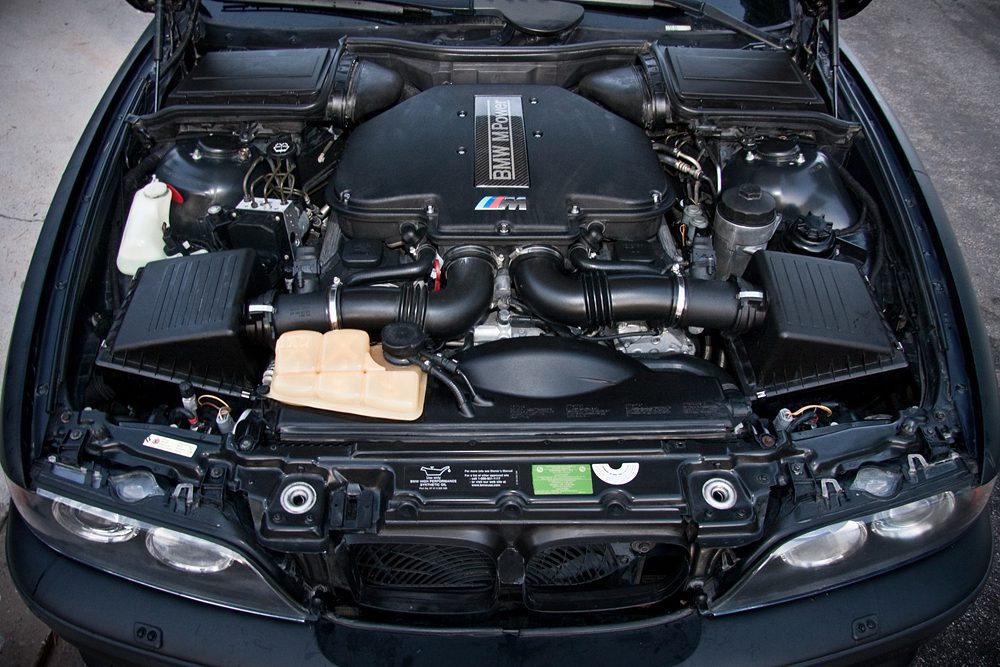Opel Corsa Engine: Common Issues and Just How to Repair Them
Opel Corsa Engine: Common Issues and Just How to Repair Them
Blog Article
Discovering the Inner Operation of a Compact Lorry's Engine System
As vehicle drivers, we commonly take for granted the detailed procedures that occur within the boundaries of our automobile's engine system. The portable yet intricate equipment that moves us forward is a wonder of engineering accuracy and control. From the controlled surges in the combustion chamber to the thorough timing of fuel injection, every part plays a vital role in the smooth procedure of the engine. In this exploration of a portable automobile's engine system, we will untangle the internal functions of this mechanical harmony, clarifying the mysteries that drive us ahead on our day-to-day journeys.
Combustion Refine Summary
The burning procedure in a compact car's engine system is an essential mechanism that effectively transforms fuel into energy to power the automobile. This procedure occurs within the combustion chamber of the engine, where gas and air mix, stir up, and produce regulated surges. The burning process contains four primary phases: consumption, exhaust, power, and compression.
Throughout the intake stage, the piston relocates downward, attracting a blend of air and fuel right into the burning chamber. The next phase, compression, involves the piston relocating upward, pressing the air-fuel mixture to enhance its effectiveness. Ultimately, in the power stage, the ignition system fires up the pressed mixture, leading to a quick growth of gases that compels the piston back down. This descending movement produces the power required to drive the car. In the exhaust stage, the scorched gases are gotten rid of from the combustion chamber with the exhaust shutoff, preparing the chamber for the next cycle. This cyclic burning process is essential to the procedure of a portable car's engine system, making certain efficient power conversion for propulsion.
Piston and Cyndrical Tube Communication

The piston's accurate fit within the cylinder is vital for keeping optimum compression and preventing power loss throughout burning. Tight clearances between the piston and cylinder wall surfaces ensure efficient sealing, permitting the piston to relocate efficiently without permitting gases to leak past. Proper lubrication is likewise crucial to lower friction and put on between these parts, enhancing durability and performance.
Furthermore, the layout and products utilized in producing the piston and cylinder effect engine performance and longevity. Modern engines usually use light-weight yet durable materials like aluminum alloys for pistons and cyndrical tube liners to minimize inertia and enhance thermal performance. On the whole, the harmonious communication in between the piston and cylinder is fundamental to the engine's capability and general performance.
Gas Injection System Capability
Gas shot systems in portable automobile engines play a vital duty in specifically providing gas to the combustion chamber for reliable and regulated ignition. The fuel shot system works by injecting fuel into the burning chamber at the optimal minute during the engine's procedure (opel corsa engine). This exact timing guarantees that the gas mixes equally with the air for proper burning, leading to boosted fuel performance and lowered discharges
There are largely two kinds of review gas injection systems utilized in portable vehicle engines: port gas injection (PFI) and straight gas injection (DFI) PFI systems inject fuel right into the intake port before the consumption valve, while DFI systems inject gas straight into the burning chamber. Both systems have their benefits, with DFI providing much better gas atomization and PFI offering a much more cost-efficient service.
Recognizing Engine Cooling Systems
Reliable procedure of a compact automobile's engine counts greatly on the performance of its cooling mechanisms. Engine cooling is important to avoid getting too hot, which can bring about serious damage and reduced efficiency. The air conditioning Source system in a portable vehicle typically contains a number of parts functioning together to regulate the engine temperature level. One essential component is the radiator, which makes use of coolant to soak up warm from the engine. As the warm coolant flows through the radiator, it launches heat right into the air, cooling before returning to the engine. The water pump circulates the coolant with the engine and radiator, ensuring a consistent flow to manage temperature level. Furthermore, the thermostat aids manage the coolant circulation to maintain optimal engine temperature level. Some lorries likewise have cooling followers that activate when extra air conditioning is needed, such as throughout rush hour or heat. Understanding these engine cooling devices is crucial for maintaining the performance and longevity of a small car's engine system.

Exhaust System Parts Explained
The ideal functioning of a small automobile's engine cooling mechanisms depends on a corresponding system recognized as the exhaust system, which makes up various crucial elements for making certain reliable exhausts and engine efficiency. The exhaust manifold accumulates exhaust gases from the engine's cylinders and routes them to the catalytic converter.
One crucial element of the check out here exhaust system is the oxygen sensor, which keeps an eye on the oxygen degrees in the exhaust gases to assist manage gas intake and make certain optimum engine performance. opel corsa engine. In addition, the resonator might be existing in some exhaust systems to reduce sound levels. On the whole, the exhaust system plays an important role in keeping engine efficiency, decreasing unsafe exhausts, and ensuring a quieter driving experience for small vehicle proprietors

Verdict
In conclusion, the small vehicle's engine system is a complicated mix of parts that collaborate to promote the combustion process, convert gas into power, and expel waste gases. Recognizing the internal operations of the engine system, including the piston and cylinder communication, gas shot system, engine cooling systems, and exhaust system components, is vital for keeping optimal efficiency and performance of the vehicle.
The combustion procedure in a small lorry's engine system is an essential device that successfully converts fuel into energy to power the vehicle.Fuel injection systems in portable automobile engines play a crucial duty in specifically delivering gas to the combustion chamber for regulated and effective ignition.There are largely 2 types of gas injection systems utilized in compact lorry engines: port fuel shot (PFI) and direct fuel injection (DFI) Recognizing these engine cooling mechanisms is essential for keeping the efficiency and longevity of a compact automobile's engine system.
The optimum functioning of a portable vehicle's engine air conditioning mechanisms depends on a corresponding system known as the exhaust system, which comprises numerous important elements for making certain effective emissions and engine efficiency.
Report this page